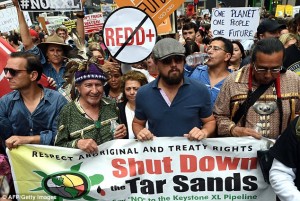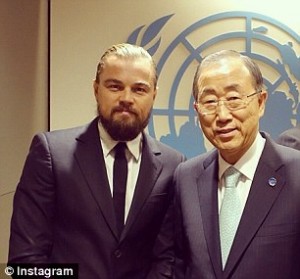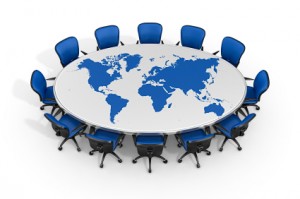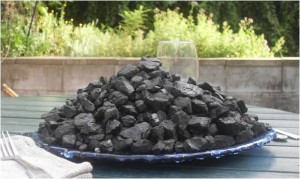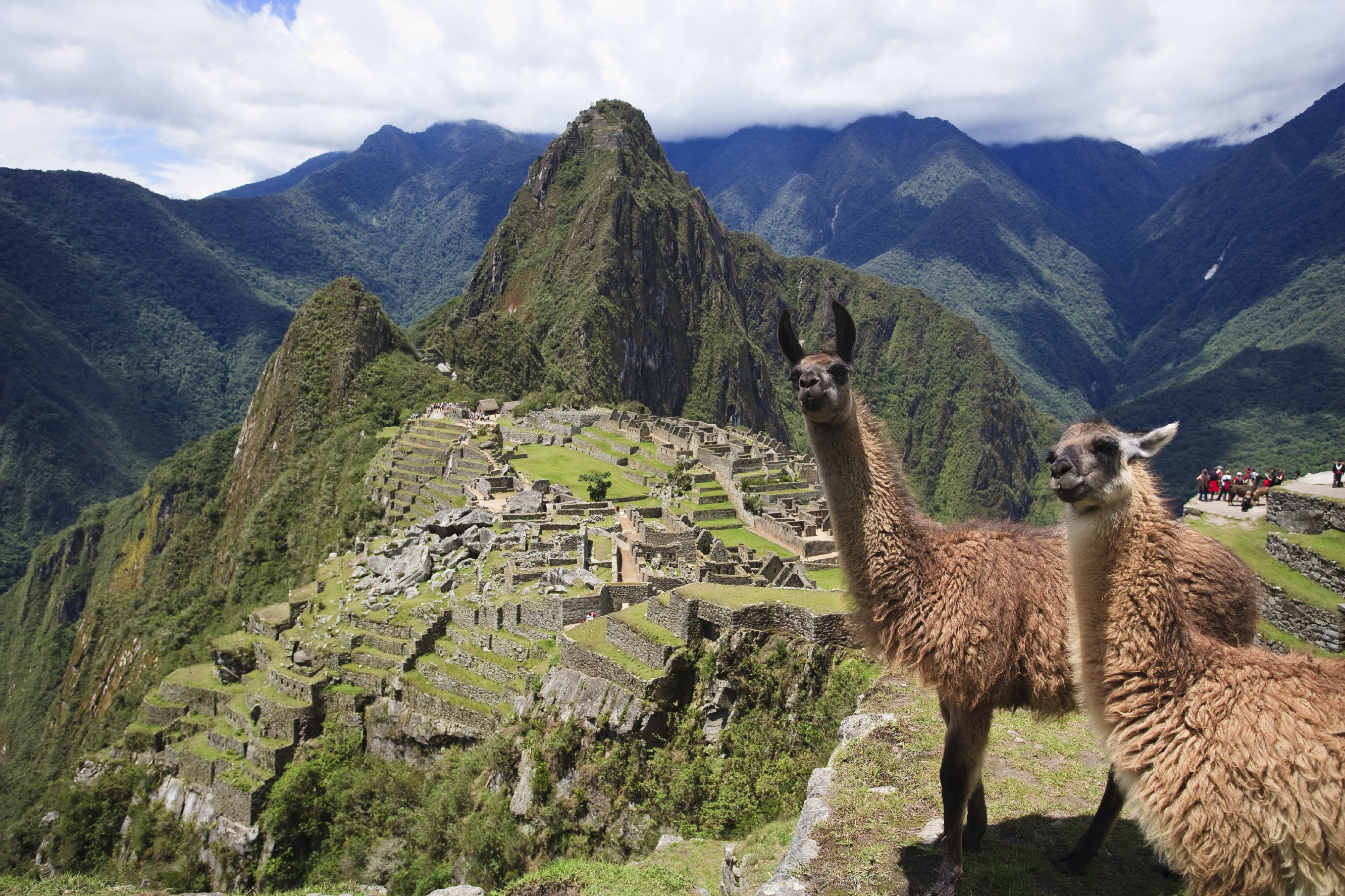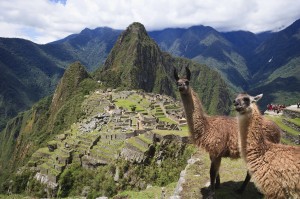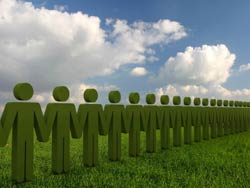 [youtube_sc url=”https://www.youtube.com/watch?v=OvwDsHRGrdU”]
[youtube_sc url=”https://www.youtube.com/watch?v=OvwDsHRGrdU”]
Cities are some of the most populated areas around the world, which make them a practical starting point for raising awareness and initiating action towards reducing greenhouse gas emissions. Cities are an important area of concentration for production and consumption, therefore a number of environmental issues arise in cities around the world. The Cities for Climate Protection is a transnational network, which concentrates on reducing greenhouse gas emissions in urban spaces. “The ICLEI’s Cities for Climate Protection program originated as both climate change and sustainability began to become significant issues for local authorities.”[1]This network effectively advances its objectives with respect to governing climate change by promoting renewable energy and clean development in cities worldwide. The actions performed by the Cities for Climate Protection emphasize how critical local governments are in the response to global climate change.
Participation in the Cities for Climate Protection is different than other transnational networks, in which the CCP is not an exclusive organization and they “seek to recruit as many members as possible.”[2] Once a program member, the CCP network is committed to assisting in the reduction of local emissions through, “a series of five milestones of progress, involving conducting an emissions inventory, setting an emissions reduction target, formulating an action plan, implementing policies, and monitoring progress.”[3] The ICLEI’s offers assistance for cities to pursue these five milestones. The Cities for Climate Protection program, as a transnational governance network, is both beneficial at local and international levels. Cities that are members of the program have access to financial resources, interact in a support network compromised of international cities, and have the ability to voice their environmental concerns. The CCP Australia, for example, has access to national funding specifically set aside for the program. Success has been seen through the CCP Australia resulting in, “saving 4.7 million tonnes of carbon dioxide equivalent in 2007/8 and a total of 18 million tonnes since the program started.”[4]
The campaign of the CCP focuses on a collective effort made by cities, which creates a more effective route rather than having cities competing with each other. The CCP encourages membership by focusing on appealing strategies such as cost reductions. The U.S. city of Denver, Colorado has its own success with the CCP, “Denver’s municipal government invested $1.6 million into installing light-emitting diodes into all red traffic lights and ‘don’t walk’ signs across the city. The LEDs, having longer life spans and lower energy requirements, led to a $5million savings in energy use and maintenance for the city.”[5]The success of the CCP shows that tackling the issues of global climate change can be extremely productive even at a local level.
Growth of the CCP has also led to a global effort against climate change. “Today the CCP has 674 members responsible for 15 percent of greenhouse gas emissions.”[6] Teamwork seems to be a recurring theme in governance for global climate change. The CCP and other transnational networks can collectively contribute to mitigation of global climate change. The ICLEI has set up a network compromised of strong, diverse local organizations, which together will improve communities around the world and work together against the larger threat of climate change.
[1]Bulkeley, Harriet, and Peter Newell. Governing Climate Change. London: Routledge, 2010. 55, Print
[2] Ibid,68.
[3] Ibid, 62.
[4] Bulkeley, Harriet, and Peter Newell. Governing Climate Change. London: Routledge, 2010. 67, Print
[5]Fay, Chris. “Think Locally, Act Globally: Lessons to Learn from the Cities for Climate Protection Campaign.” Innovations: A Journal of Politics 7 (2007): 1-12. Web.
[6] Ibid.

